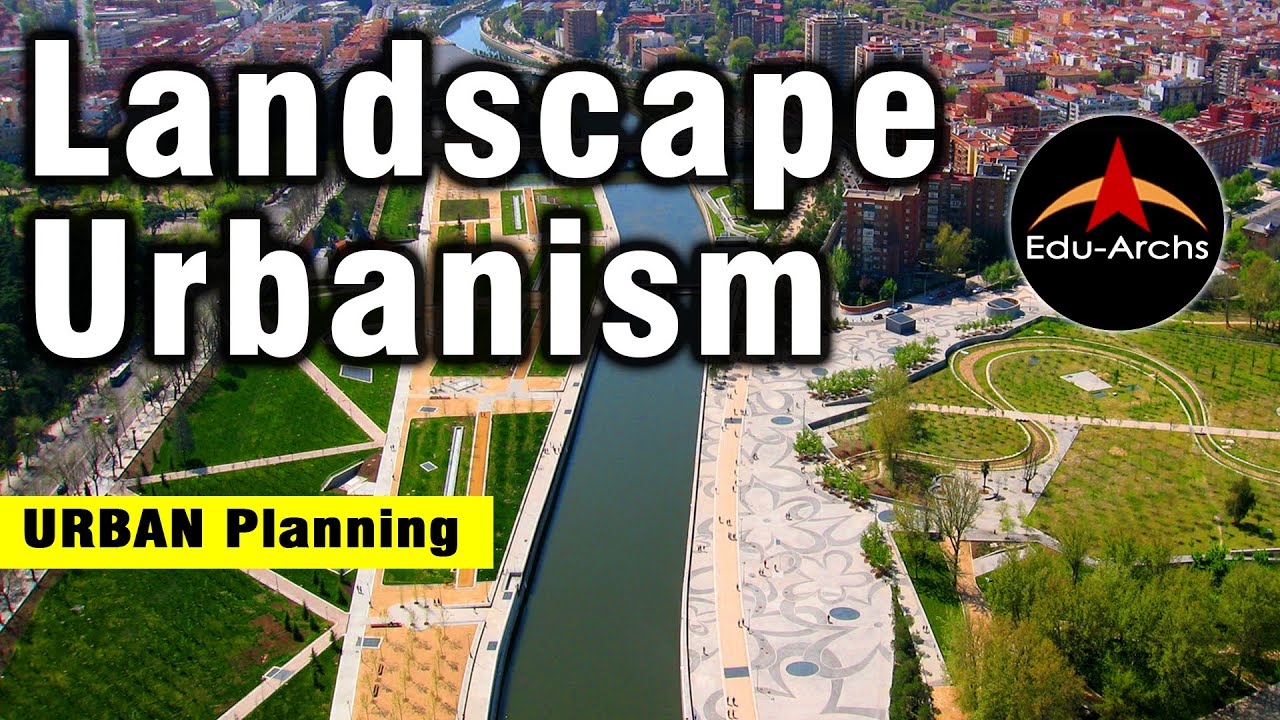The Role Of Landscape Architecture In Shaping Urban Environments
The role of landscape architecture in shaping urban environments cannot be overstated. Landscape architects play a critical role in creating sustainable, livable, and attractive urban spaces that meet the needs of the communities they serve.
Author:George EvansFeb 22, 202329.2K Shares513.7K Views

The role of landscape architecture in shaping urban environmentscannot be overstated. Landscape architects play a critical role in creating sustainable, livable, and attractive urban spaces that meet the needs of the communities they serve.
With cities growing at an unprecedented rate, the demand for landscape architects has never been higher, and their impact on shaping urban environments is becoming increasingly apparent. This article explores the ways in which landscape architectureis shaping your urban environments and the impact it is having on your daily lives.
The Importance Of Landscape Architecture In Urban Planning
Urban planningis the process of designing and managing the growth and development of cities. Landscape architecture is an integral part of this process, as it helps to shape the physical, social, and environmental characteristics of urban environments.
Landscape architects work with other design professionals, such as architects, engineers, and planners, to create comprehensive plans for the development of cities. These plans consider factors such as population growth, infrastructure needs, and environmental sustainability, and aim to create livable, healthy, and attractive urban spaces.
The role of landscape architecture in urban planning is particularly important in creating livable urban environments. Landscape architects design public spaces, such as parks and plazas, that provide essential recreation and social opportunities for urban residents.
They also design green spaces, such as parks and gardens, that provide important environmental benefits, such as improved air quality and increased biodiversity.
The Benefits Of Sustainable Landscape Design
Sustainable landscape design is becoming increasingly important as cities continue to grow and the impact of urbanization on the environment becomes more apparent. Landscape architects play a critical role in creating sustainable urban environments by designing green spaces that mitigate the negative effects of urbanization and promote environmental sustainability.
For example, landscape architects can design green roofs and walls that reduce the urban heat island effect, improve air quality, and provide important habitats for wildlife. They can also design green infrastructure, such as rain gardens and bioswales, that help manage stormwater and reduce the risk of flooding in urban areas.
The Importance Of Landscape Architecture In Creating Livable Cities
The role of landscape architecture in shaping urban environments is not limited to the creation of sustainable green spaces. Landscape architects also play a critical role in creating livable cities by designing public spaces that provide important recreational and social opportunities for urban residents.
For example, landscape architects can design parks and plazas that provide essential recreation and social opportunities for urban residents. They can also design pedestrian and bike-friendly spaces, such as walkways and bike paths, that encourage active transportation and promote healthy lifestyles.
The Impact Of Landscape Architecture On Urban Life
The impact of landscape architecture on urban life cannot be overstated. Landscape architects play a critical role in creating livable, sustainable, and attractive urban environments that improve the quality of life for urban residents.
Their work helps to create healthy, active, and connected communities and contributes to the overall well-being of urban residents.
The Importance And The Role Of Landscape Architecture In Shaping Urban Environments
Community engagement is an essential aspect of landscape architecture, as it allows landscape architects to understand the needs and priorities of the communities they serve. By engaging with community members, landscape architects can gain a deeper understanding of the cultural, social, and environmental context of a site, and create design solutions that are responsive to the unique needs of the community.
Landscape architects can engage with communities in a variety of ways, including public meetings, online surveys, and focus groups. This process allows them to gather input from community members on important design considerations, such as preferred amenities, recreational opportunities, and access to green spaces.
By incorporating this feedback into their designs, landscape architects can create solutions that are more likely to be embraced by the community and contribute to the overall success of the project.

What is Landscape urbanism? | urban landscape projects
Collaborating With Communities For Successful Urban Design
Collaboration between landscape architects, community members, and other stakeholders is critical for the success of urban design projects. By working together, these groups can identify common goals, address potential challenges, and develop design solutions that are responsive to the needs of the community.
Landscape architects can collaborate with community members by involving them in the design process, and by seeking input on key design decisions. This process can help to build trust and ensure that the final design is reflective of the community's values and priorities.
Additionally, collaboration with community members can help to ensure that the design is accessible and inclusive, providing opportunities for all community members to engage with and enjoy the space.
Collaboration with other stakeholders, such as city agencies, developers, and elected officials, is also critical for the success of urban design projects. By working together, these groups can coordinate resources, address potential challenges, and ensure that the final design is in line with broader city goals and policies.
Collaboration with other stakeholders can also help to ensure that the design is integrated with other city initiatives and supports the long-term sustainability and vitality of the community.
People Also Ask
What Is The Role Of Landscape Architecture In Shaping Urban Environments?
The role of landscape architecture in shaping urban environments is to design and create functional, sustainable, and aesthetically pleasing outdoor spaces that enhance the quality of life for city dwellers.
How Does Community Engagement Play A Role In Landscape Architecture?
Community engagement is a crucial aspect of landscape architecture as it allows landscape architects to understand the needs and priorities of the communities they serve.
What Is The Importance Of Collaboration In Urban Design?
Collaboration is important in urban design as it allows different stakeholders to work together towards a common goal and achieve more successful outcomes.
Conclusion
In conclusion, the role of landscape architecture in shaping urban environments is increasingly important as cities continue to grow and the demand for livable, sustainable, and attractive urban spaces continues to increase.
Landscape architects play a critical role in creating livable, sustainable, and attractive urban spaces by designing green spaces that provide important environmental benefits and public spaces that provide essential recreational and social opportunities.
The impact of landscape architecture on urban life cannot be overstated, and its importance in creating livable, healthy, and sustainable urban environments will only continue to grow. The role of landscape architecture in shaping urban environments is essential for creating livable, sustainable, and attractive urban spaces that meet the needs of the communities they serve.
Jump to
The Importance Of Landscape Architecture In Urban Planning
The Benefits Of Sustainable Landscape Design
The Importance Of Landscape Architecture In Creating Livable Cities
The Impact Of Landscape Architecture On Urban Life
The Importance And The Role Of Landscape Architecture In Shaping Urban Environments
Collaborating With Communities For Successful Urban Design
People Also Ask
Conclusion

George Evans
Author
George Anderson, an exceptional architectural designer, envisions and brings to life structures that transcend the realm of imagination. With an unwavering passion for design and an innate eye for detail, George seamlessly blends form and function, creating immersive spaces that inspire awe.
Driven by a deep appreciation for the interplay of space, light, and materials, George's innovative approach redefines the possibilities of architectural design. His visionary compositions leave an indelible mark, evoking a sense of wonder and transforming the built environment.
George Anderson's transformative designs and unwavering dedication continue to shape the architectural landscape, pushing the boundaries of what is possible and inspiring generations to come.
Latest Articles
Popular Articles
